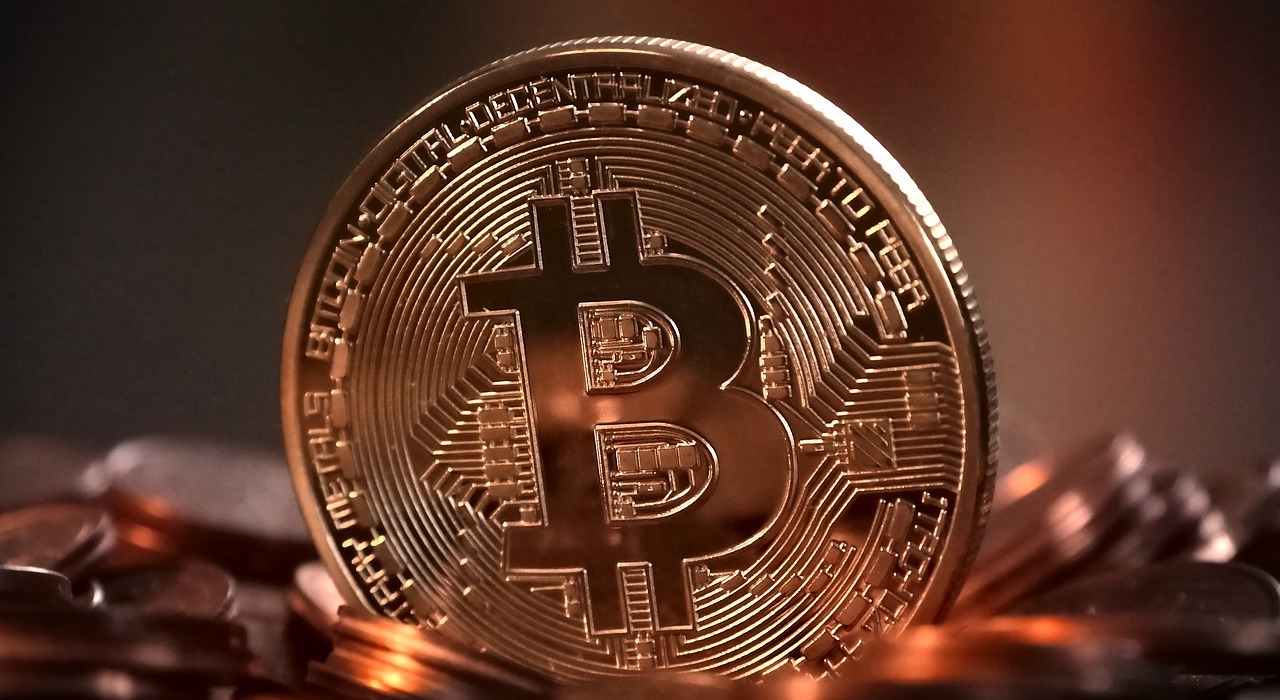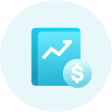
As digital asset prices reach new ATHs, retail and institutional traders are looking for new and unique ways to invest and profit from the recent uptrend in the markets. Perpetual futures contracts are some of the most popular and profitable trading mechanisms available in digital asset markets. We will look at how they work and what some of the key concepts to get familiarized with are before trading them.
Perpetual Futures Contracts are advanced derivatives of conventional futures contracts and are available to AscendEX traders. There is no specific expiry date on these contracts, so buyers and sellers can hold their assets or positions indefinitely if they want. Additionally, traders can utilize leverage with perpetual futures contracts. The trading of perpetual futures contracts is based on an underlying index price. The index price consists of an asset's average price, according to major spot markets and their relative trading volume.
Perpetual Futures Contracts and Futures Contracts are similar but differ in that perpetual futures do not have any expiry dates. Additionally, perpetual futures contracts receive funding fees, unlike futures contracts.
Before trading perpetual futures contracts, there are some key concepts for traders to understand.

Key Concepts:
No Expiry Date: Since perpetual futures contracts do not have an expiry date, trading them is comparable to spot-trading but with leverage. Traders can trade close to the price of the current market value of the indexed digital asset.
Mark Price: The estimated price value of the contract by comparing it with the current trading price. This mark price calculation prevents a futures account from being liquidated while there is intense volatility in the market. Also, the mark price plays a huge role in calculating the unrealized PnL. Mark Price references spot pricing from Binance, Huobi, OKEx, Poloneix, and AscendEX to mitigate risk associated with a platform-specific market disruption.
Initial Margin: The minimum payable amount to open leverage positions. For instance, if a trader chooses 100:1 leverage to trade 10000 USDT, they will pay 100 USDT as the initial margin, where the initial margin acts as the collateral for the contracts. To open a leveraged contract on AscendEX Futures, a user must post collateral (USDT, PAX, USDC, BTC, or ETH) to their account. This collateral will contribute to the account’s Margin Rate and is used to determine how much leverage the user can trade with and at what point the account is at risk to be auto-liquidated.
Maintenance Margin: The minimum balance that traders must hold in their margin account to keep their trading positions open. Maintenance margin changes based on the market price of the underlying asset. If the market value faces a steep decline, then the assets will be liquidated to close all the current trading positions.
Liquidation: If the value of a trader's collateral drops below a position's maintenance margin level, the position will be liquidated. The liquidation price tells traders what price the contract has to reach for this to occur.
Funding Rate/Fee: Perpetual futures contracts use a mechanism called funding to keep the price of the contract close to the spot price of the underlying asset. For example, if a BTC/USD perpetual futures contract is trading at a premium compared to the spot price of Bitcoin, traders who are long will have to pay a small percentage of their position to traders who are short (positive funding rate). If the perpetual futures contract's price is trading at a discount, the shorts pay the longs (negative funding rate).
Perpetual futures contracts are some of the most popular trading mechanisms in cryptocurrency markets. By deploying advanced trading tools on AscendEX and engaging in unique strategies, traders can realize large profits using perpetual futures contracts. Still, there is always risk, especially if traders are using a large amount of leverage. So it is very important to manage risk while trading perpetual futures contracts.
Now that readers are familiar with the main concepts behind perpetual futures contracts they can start trading today.














